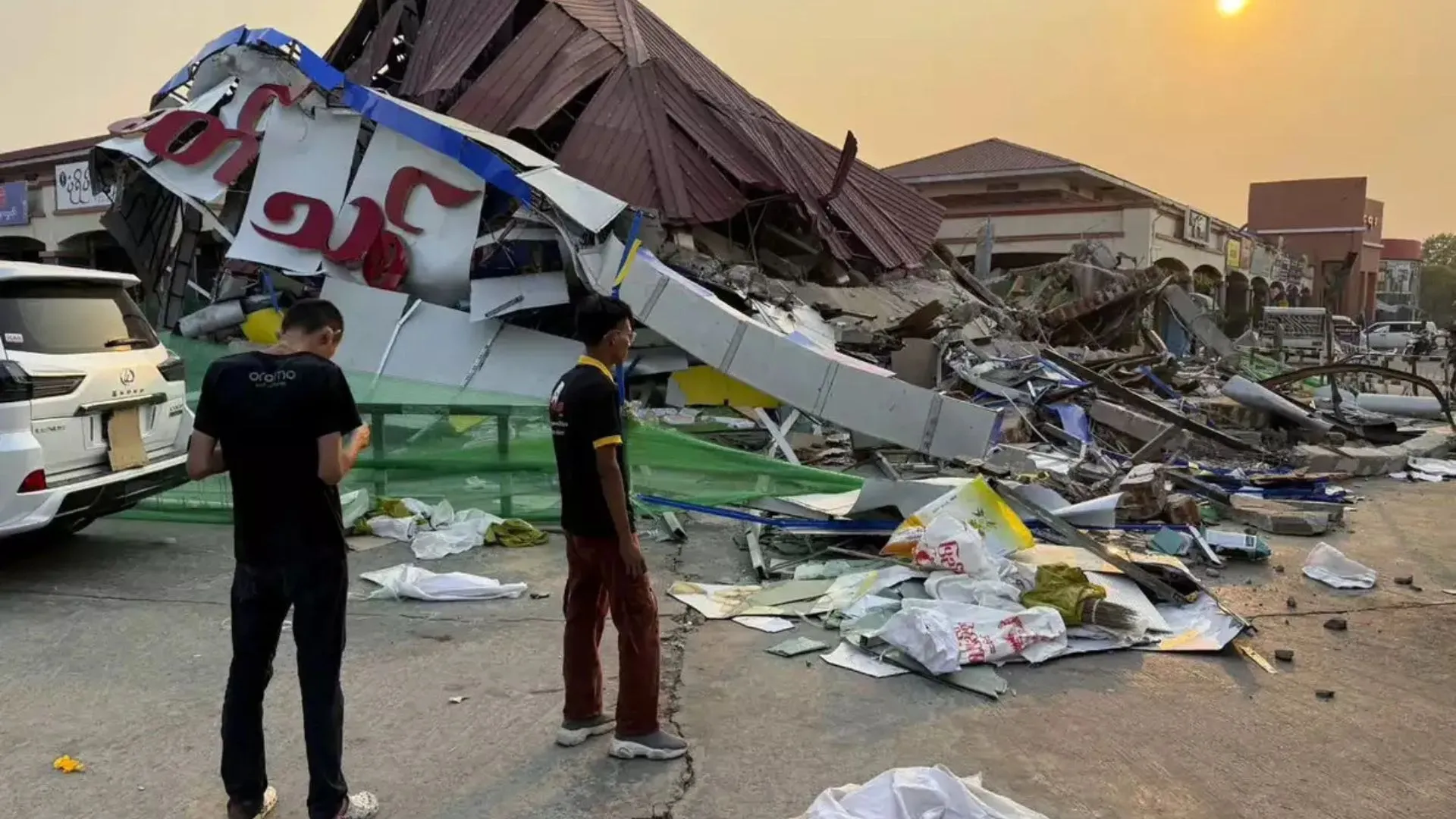The economy of Japan may lose as much as $1.81 trillion in case a strong megaquake hits off its Pacific coast, activating humongous tsunamis, devastating destruction, and killing almost 300,000 people, a fresh government report presented on Monday stated.
This new evaluation, the first in ten years, sets out a worst-case scenario for a magnitude 9 earthquake along the 900-km-long Nankai Trough where tectonic plates converge. The potential effect has deteriorated since the last estimate as a result of inflation and new terrain data, now showing larger areas of flooding, the Cabinet Office report found.
Greater Economic and Human Cost
The estimated economic loss—270.3 trillion yen (about half of Japan’s GDP)—has jumped substantially from the previous 214.2 trillion yen estimate.
If the quake hits on a winter evening, the destruction would be even more catastrophic, as millions of people would be commuting on packed public transport, and numerous houses—especially wooden houses—would be at risk from fires caused by cooking and heating, the report said.
In this worst-case scenario, Japan might experience:
- 1.23 million displaced persons (10% of the population)
- 298,000 tsunami and building collapse fatalities
Nankai Trough: Seismic Hazard of Major Proportions
The Nankai Trough, which runs off the southwest Pacific coast of Japan, stretches about 900 km (600 miles). This is where the Philippine Sea Plate is being subducted under the Eurasian Plate, creating immense tectonic pressure. This fault has historically set off megaquakes every 100 to 150 years.
Japan released its first-ever megaquake warning last year, alerting of a “relatively higher probability” of a magnitude 9 earthquake after a 7.1-magnitude quake at the boundary of the trough.
Lessons from the 2011 Disaster
The catastrophic 2011 Tōhoku earthquake—a magnitude 9 quake—not only spawned a huge tsunami but also led to the Fukushima nuclear meltdown and 15,000 fatalities. As a result, scientists now worry that a similar disaster along the Nankai Trough could potentially wreak even more havoc, causing greater destruction and loss of life.























